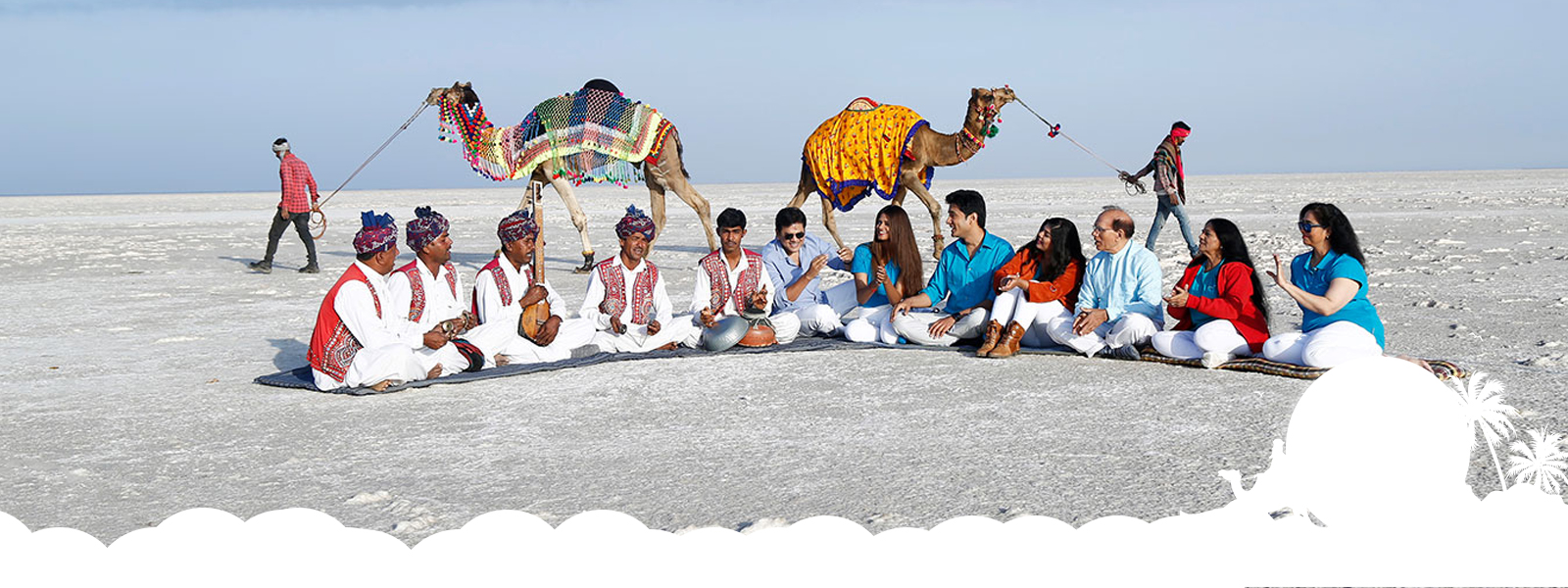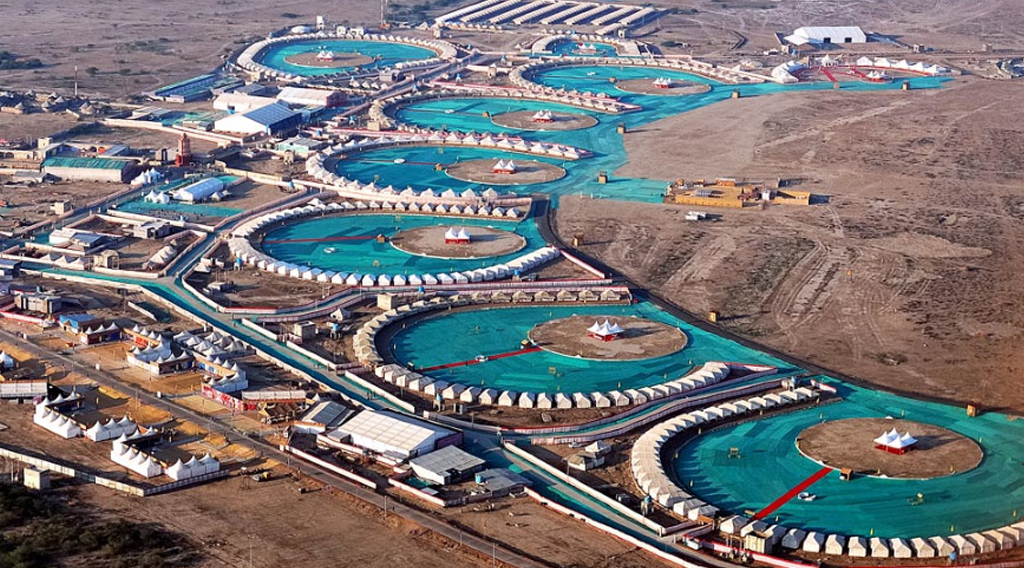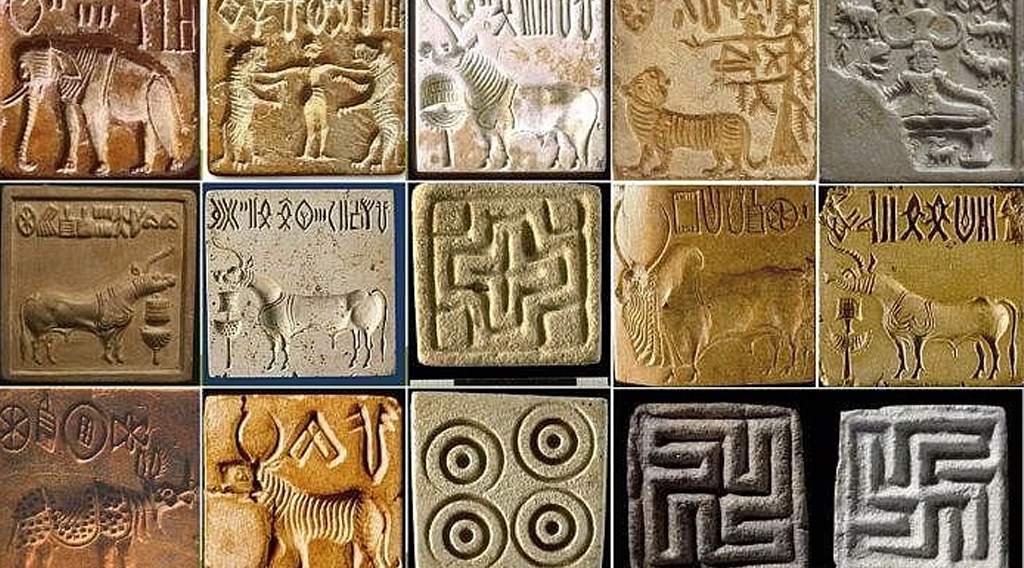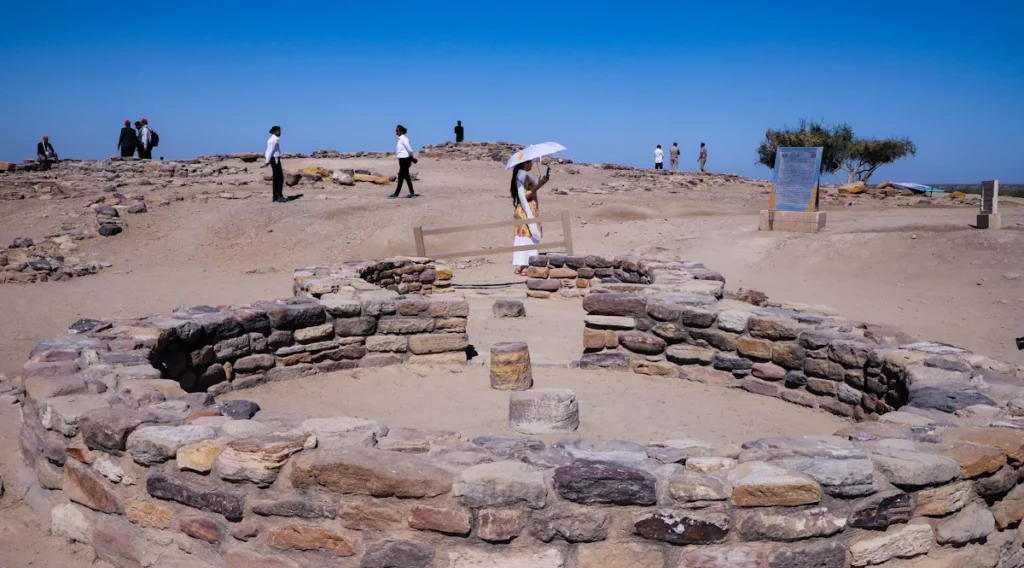
Dholavira - A Journey Back in Time
Road to Heaven - A Surreal Route to Dholavira

The Harappan Civilization: An Ancient Indus Legacy
One of the world’s oldest and most advanced civilizations – the Harappan Civilization, also known as the Indus Valley Civilization which flourished around 2600 BCE. It extended across what is now Pakistan, northwest India, and eastern Afghanistan. Renowned for its sophisticated urban planning, the civilization was marked by remarkable achievements in architecture, arts, and technology.
Harappans lived in well-planned cities like Dholavira, characterised by their orderly grid patterns and advanced drainage systems, which speak of a highly organised urban life. Economic activities were diverse, with a significant emphasis on agriculture, supplemented by trade with distant regions, including Mesopotamia. Harappans cultivated wheat, barley, and pulses while domesticating animals such as cattle, buffalo, and camels. Craftsmanship was highly refined, as seen in their exquisite jewellery, pottery, and tools, which were both functional and decorative.
The gradual decline of the Harappan Civilization around 1900 BCE, evident from the layers of Dholavira, remains a subject of ongoing research and debate. Theories suggest climatic changes and resource overexploitation as possible causes. However, the legacy continues to offer profound insights into the urban planning and architectural genius of ancient societies and still influences modern culture and architecture today.
The Harappan Civilization: An Ancient Indus Legacy

Citadel and Urban Layout
Artefacts and Stone Inscriptions


